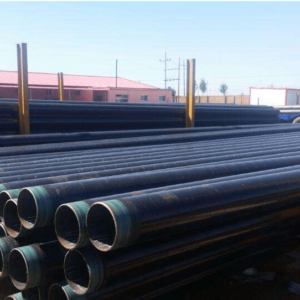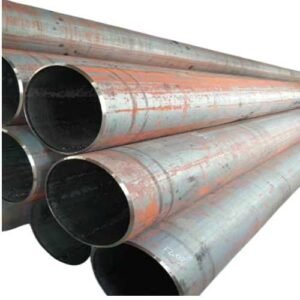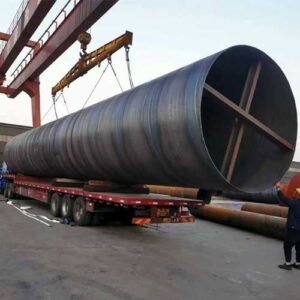When it comes to steel pipes, two primary options dominate the market: seamless and welded steel pipes. While they may look similar at a glance, their manufacturing processes, performance characteristics, and ideal applications are fundamentally different.
Making the right choice is critical for the safety, longevity, and cost-effectiveness of your project.
This guide breaks down the key distinctions to help you decide.
What is a Seamless Steel Pipe?
As its name suggests, a seamless steel pipe has no longitudinal weld seam. It begins as a solid cylindrical piece of steel, called a billet. The billet is heated and then pierced through the center to create a hollow tube. This tube is then rolled and stretched to the desired diameter and wall thickness.
This intensive process results in a homogenous and robust final product. However, it also makes achieving precise dimensions more challenging and can be a lengthier manufacturing process.
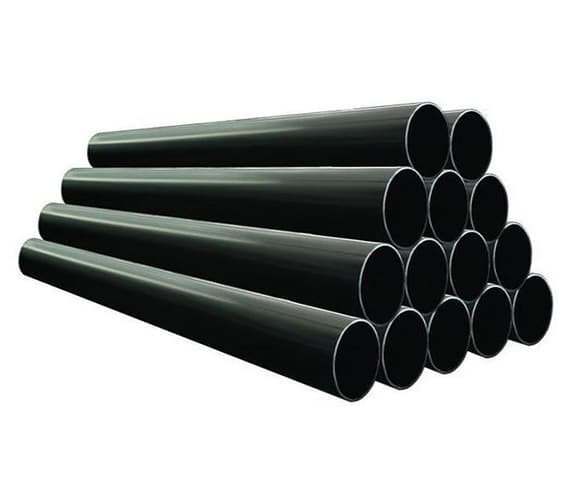
Key Benefits of Seamless Pipe:
- Superior Strength: With no weld seam, the pipe has a uniform structure, making it exceptionally strong and able to withstand higher pressure and temperature.
- Enhanced Corrosion Resistance: The absence of a seam eliminates a potential weak point where impurities could gather and corrosion could begin.
- High-Pressure Reliability: The homogenous structure makes it the top choice for critical, high-stress applications where failure is not an option.
Ideal Applications:
- Oil and gas exploration and drilling
- Chemical processing plants
- High-pressure hydraulic lines
- Boiler and heat exchanger tubes
- Aerospace and refinery components
What is a Welded Steel Pipe?
Welded steel pipes are crafted from a flat steel plate or strip, known as a skelp. The skelp is rolled into a cylindrical shape, and the edges are then fused using a high-frequency electric current or another welding method. This creates a longitudinal seam along the length of the pipe.
Modern manufacturing techniques have made these welds incredibly strong and often invisible to the naked eye. This process allows for tighter tolerances on wall thickness and diameter and is generally faster and more cost-effective.
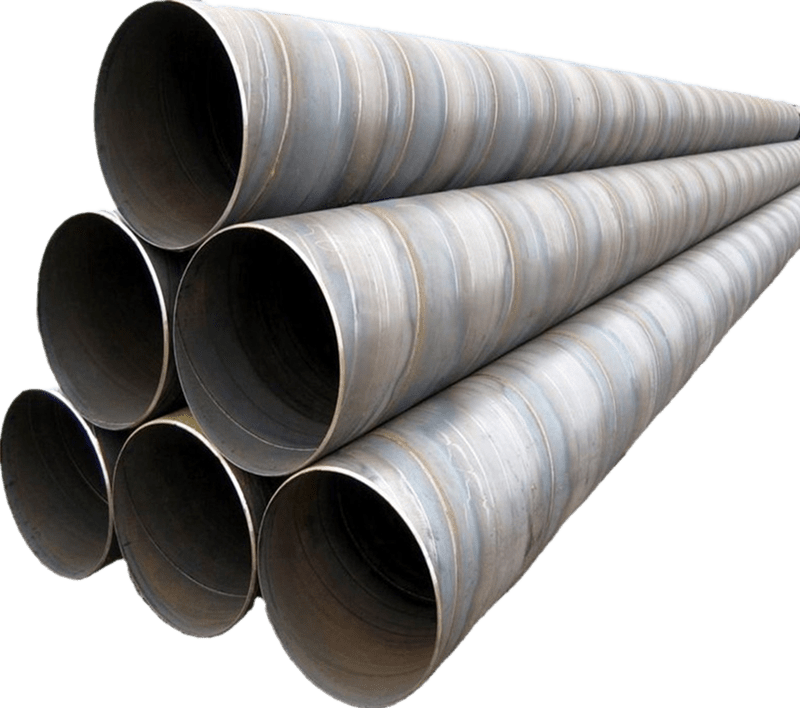
There are several types of welded pipes, including:
Electric Resistance Welded (ERW): The most common type, known for its efficiency and strength.
Longitudinal Submerged Arc-Welding (LSAW): Used for large-diameter straight seam pipes.
Spiral Submerged Arc-Welding (SSAW): Creates a spiral seam, ideal for very large-diameter applications.
Key Benefits of Welded Steel Pipe:
- Cost-Effective: The manufacturing process is more efficient, making welded pipes a more affordable option, especially for large projects.
- Greater Size Availability: The process allows for the creation of very large diameter pipes, far beyond the limits of seamless production.
- Dimensional Accuracy: It’s easier to achieve precise wall thickness and diameters with welded pipes.
Ideal Applications:
- General construction and structural supports
- Water and sewage transportation
- Architectural frameworks
- Low-pressure fluid and gas systems
- Fencing and casing applications
Head-to-Head Comparison: Seamless vs. Welded Pipe
| Feature | Seamless Steel Pipe | Welded Steel Pipe |
| Pressure Rating | Higher,can withstand 20% more pressure than welded pipes of the same material and size. | Lower, the weld seam is a potential weak point under extreme pressure. |
| Corrosion Resistance | Superior, due to its uniform structure with no seam. | The weld area can be more susceptible to corrosion if not properly treated. |
| Cost | Generally more expensive due to a more complex manufacturing process. | More affordable and economical, particularly for larger sizes. |
| Size Range | Limited in maximum diameter due to the production method. | Available in a much wider and larger range of diameters. |
| Delivery Time | Lead times can be longer. | Faster lead times and more readily available in long lengths. |
| Appearance | Smooth, uniform finish with no visible seam. | May have a visible (though often minimal) weld bead. |
Making the Right Choice for Your Application
Ultimately, the better option depends entirely on your project’s specific requirements.
Choose seamless steel pipes when performance under high pressure, high temperature, or in highly corrosive environments is your top priority. For critical applications in industries like oil & gas or chemical processing, the added reliability of seamless pipes is a necessary investment.
Choose welded steel pipes when your project requires large-diameter pipes, cost is a major factor, and the pressure demands are less extreme. For structural applications, general water transport, and large-scale infrastructure, welded pipes offer an excellent balance of performance and value.
If you are still unsure which pipe is the optimal choice for your needs, consulting with an expert is the best next step.
The team at Jinsheng Pipeline has extensive experience with both seamless and welded tubing and can provide a personalized consultation to ensure your project’s success.
Contact us today to explore our wide variety of tubing options designed to meet your application needs.

